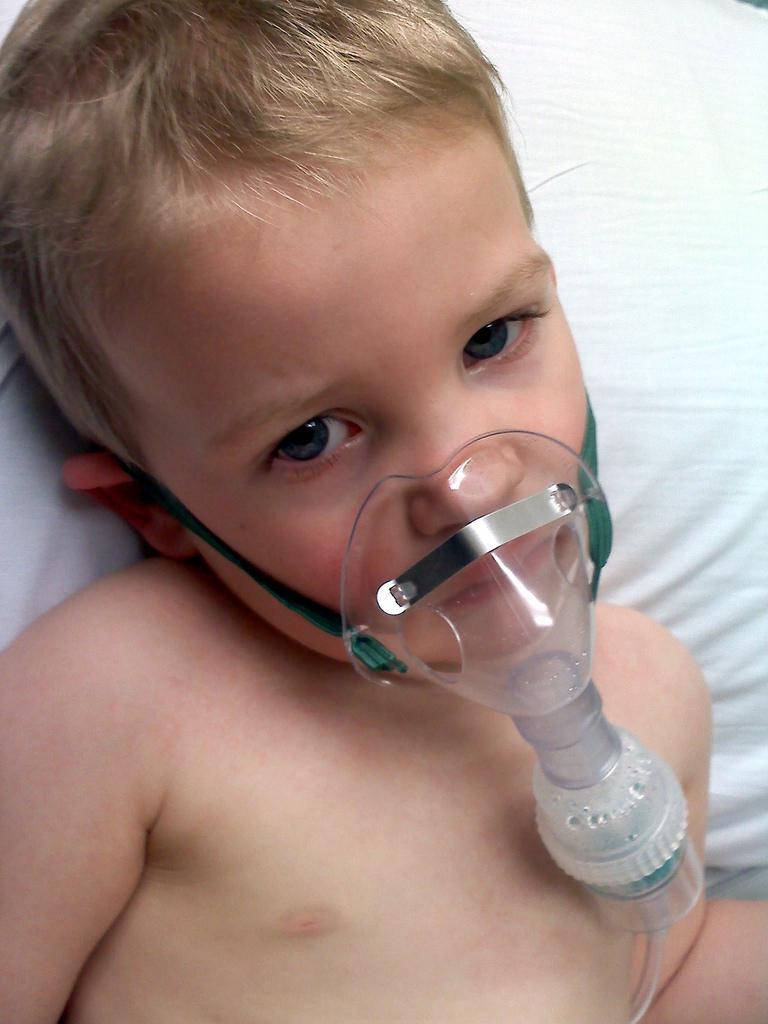Pediatric Asthma
Published (updated: ).

Asthma is a chronic inflammatory disease of the airways, characterized by recurrent episodes of airflow obstruction resulting from edema, bronchospasm, and increased mucus production. The degree of reversibility of airflow obstruction with bronchodilators can vary.
Patients who have asthma may experience a range of respiratory symptoms, such as wheezing, shortness of breath, cough, and chest tightness. There is a wide range in the frequency and severity of the symptoms, but uncontrolled asthma and acute exacerbations can lead to respiratory failure and death.
Causes
The exact etiology of asthma remains unclear and appears to be multifactorial. Both genetic and environmental factors seem to contribute. Positive family history is a risk factor for asthma but is neither necessary nor sufficient for the development of the disease. Multiple environmental exposures, both prenatal and during childhood, are associated with the development of asthma.
Assessment
Classic Symptoms
Classic symptoms of asthma include cough, wheezing, chest tightness, and shortness of breath. Symptoms are often episodic and can become triggered by numerous factors, including upper respiratory tract infections, exercise, exposure to allergens, and airway irritants such as tobacco smoke. They may also be worse at night.
Physical Examination
The physical examination should focus on three main areas, which will help to develop your differential diagnosis and identify comorbid conditions. These are the general state of nutrition and body habitus, signs of allergic disease, and signs of airway dysfunction. The physical examination may be completely normal. Features such as digital clubbing, barrel chest, localized wheezing, eczema will suggest other diagnoses or comorbid conditions.
Making the Diagnosis of Asthma
A diagnosis of asthma should be considered when any of the following key indicators are present:
- Wheezing
- History that includes recurrent episodes of cough, wheezing, difficulty breathing or chest tightness
- Symptom triggers may include: Upper respiratory tract infections, exercise, exposure to furry animals, dust, mold, tobacco smoke, aerosols among others
- Symptoms may disrupt sleep
Evaluation
In children over five years of age and adults, pre and post-bronchodilator spirometry can help confirm the diagnosis. Spirometry is a non-invasive, objective test that can be performed in the office setting.
